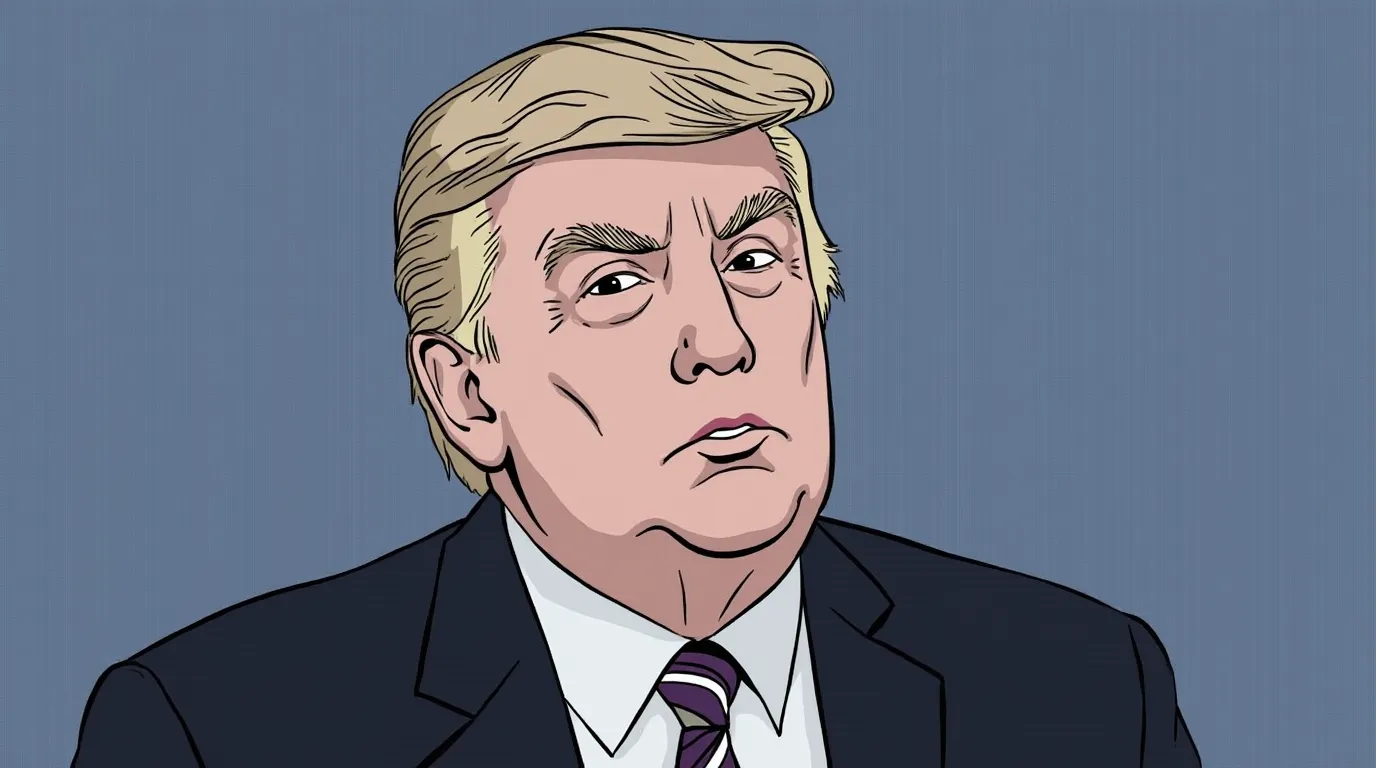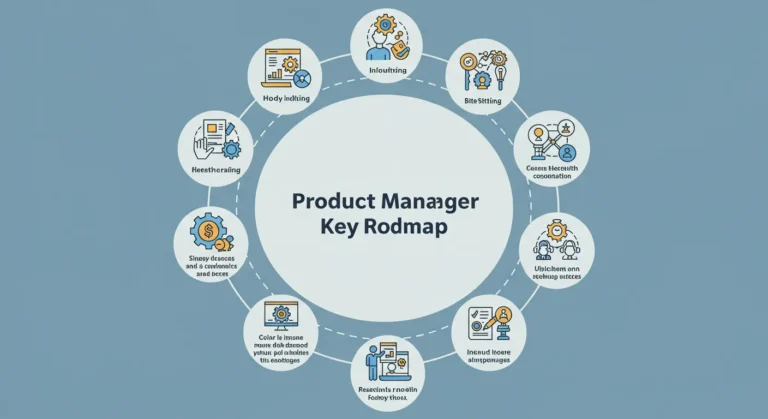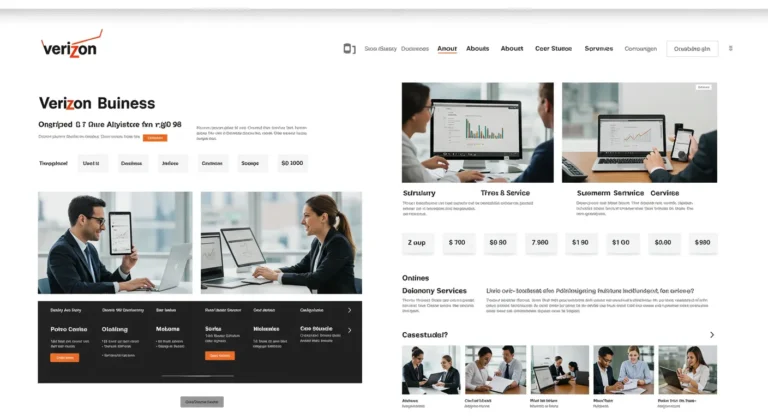Understanding Government Shutdowns and Donald Trump’s Role
Table of Contents
A government shutdown happens when federal agencies and departments must halt most nonessential operations due to a lapse in funding. This typically occurs when Congress fails to pass, or the president refuses to sign, appropriations bills necessary to keep the government running. While essential services such as law enforcement and air traffic control continue, employees may go unpaid until the government reopens. Shutdowns can disrupt federal services, impact the economy, and lead to political standoffs.
Donald Trump’s Involvement in Government Shutdowns
Donald Trump played a key role in high-profile government shutdowns during his presidency and has continued to advocate for them in political negotiations. Two major instances stand out:
- The 2018-2019 Shutdown:
The longest government shutdown in U.S. history, lasting 35 days, began on December 22, 2018. It was triggered by Trump’s refusal to approve a spending bill that lacked $5.7 billion in funding for a border wall along the U.S.-Mexico border. This partial shutdown affected nine federal departments and numerous agencies, leading to furloughs for hundreds of thousands of workers and an estimated $11 billion loss to the U.S. economy, of which $3 billion was never recovered. - Trump’s Continued Advocacy for Shutdowns:
In 2024, Trump urged congressional Republicans to consider shutting down the government unless the SAVE Act, a voter ID bill requiring proof of citizenship at polling places, was included in a temporary funding measure. The proposal was met with strong opposition from Democrats. Trump’s stance aligned with House Speaker Mike Johnson, who pushed to attach the measure to funding legislation, increasing the risk of another shutdown as the September 30 deadline approached.
Political Implications
Trump’s use of government shutdowns reflects his broader strategy of employing high-stakes political confrontations to achieve policy objectives. While some Republicans, including Senate Minority Leader Mitch McConnell, have criticized such tactics as damaging, Trump remains a dominant force in shaping the party’s direction.
Conclusion
Government shutdowns have significant consequences for federal operations, employees, and the broader economy. Donald Trump’s involvement in these events highlights how political disputes over contentious issues—such as border security and election laws—can escalate into national crises. Whether as president or party leader, Trump’s approach underscores the intersection of governance and political strategy in modern U.S. politics.
How did the 2018-2019 government shutdown impact the U.S. economy?
Economic Impact of the 2018-2019 U.S. Government Shutdown
The 2018-2019 U.S. government shutdown, which lasted 35 days, had widespread economic consequences. Here are some of its key effects:
Economic Costs
- Direct Costs: The Congressional Budget Office (CBO) estimated that the shutdown cost the U.S. economy at least $11 billion, with $3 billion in permanent losses that could not be recovered.
- GDP Impact: The shutdown reduced GDP growth by 0.1% in the fourth quarter of 2018 and by 0.2% in the first quarter of 2019, resulting in an overall GDP loss of about $11 billion.
- Regional Impact: In the Washington, D.C. area alone, the shutdown reduced GDP by more than $2.8 billion due to the furloughing of federal employees and contractors.
Sector-Specific Impacts
- Food Safety and Nutrition: The FDA suspended routine food inspections, raising concerns about food safety. Additionally, funding for programs like SNAP (food stamps) was at risk, affecting millions of Americans.
- Tax Refunds: The IRS experienced processing delays, affecting individuals waiting for tax refunds, which totaled approximately $140 billion.
- Consumer Confidence: The prolonged shutdown weakened consumer confidence, reducing household spending and increasing fears of a potential recession.
Long-Term Effects
- Credit Rating Concerns: Fitch Ratings warned that an extended shutdown could jeopardize the U.S.’s Triple-A credit rating, potentially increasing borrowing costs for businesses and households.
- Private Sector Impact: Longer shutdowns disrupt private-sector investment and hiring, as businesses face difficulties obtaining federal permits and accessing government-backed loans.
Conclusion
The 2018-2019 shutdown underscored the far-reaching economic disruptions caused by prolonged government closures. From weakened GDP growth to financial strain on households and businesses, the shutdown highlighted the vulnerabilities of federal dependency in key sectors of the economy.






